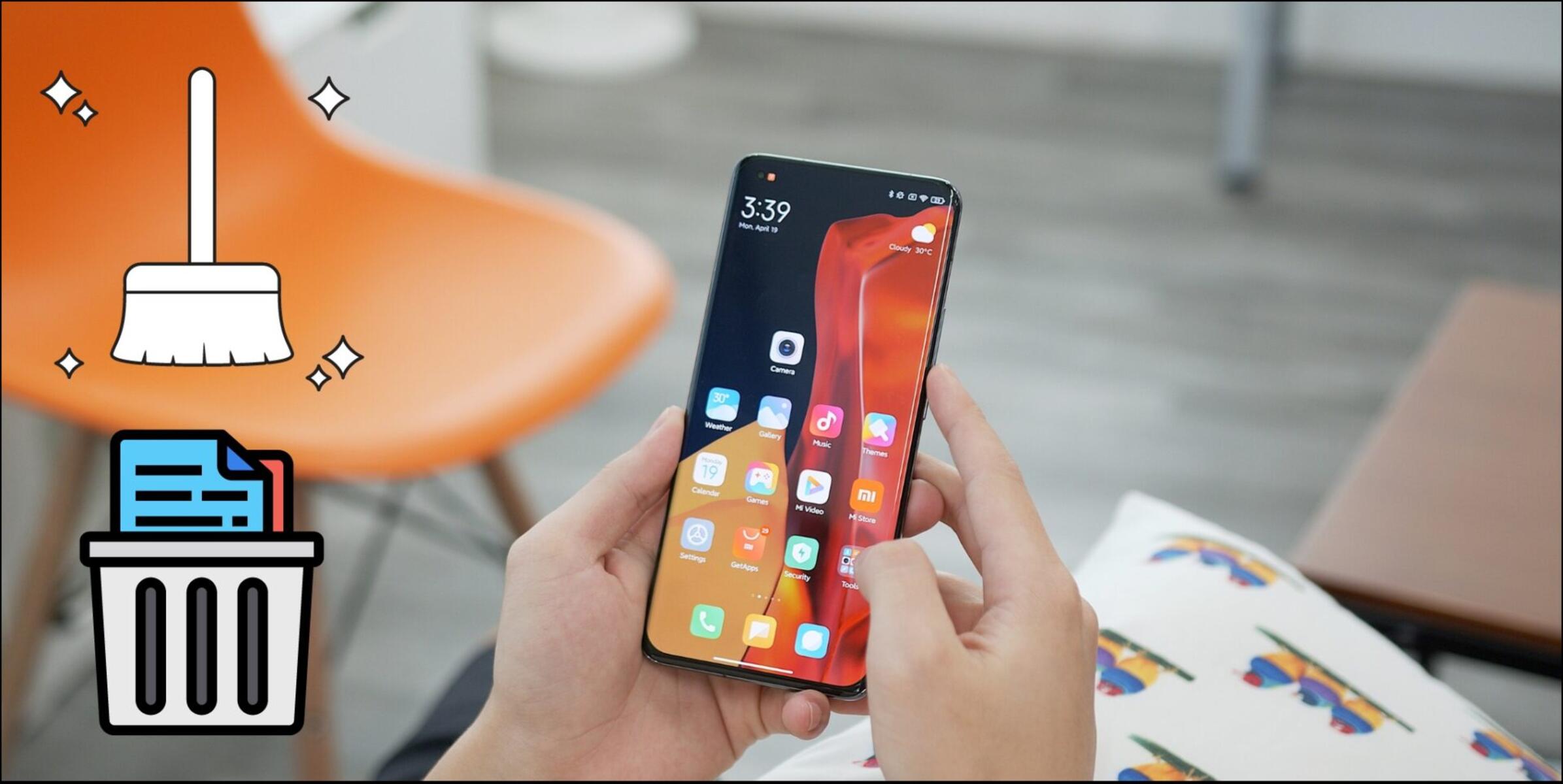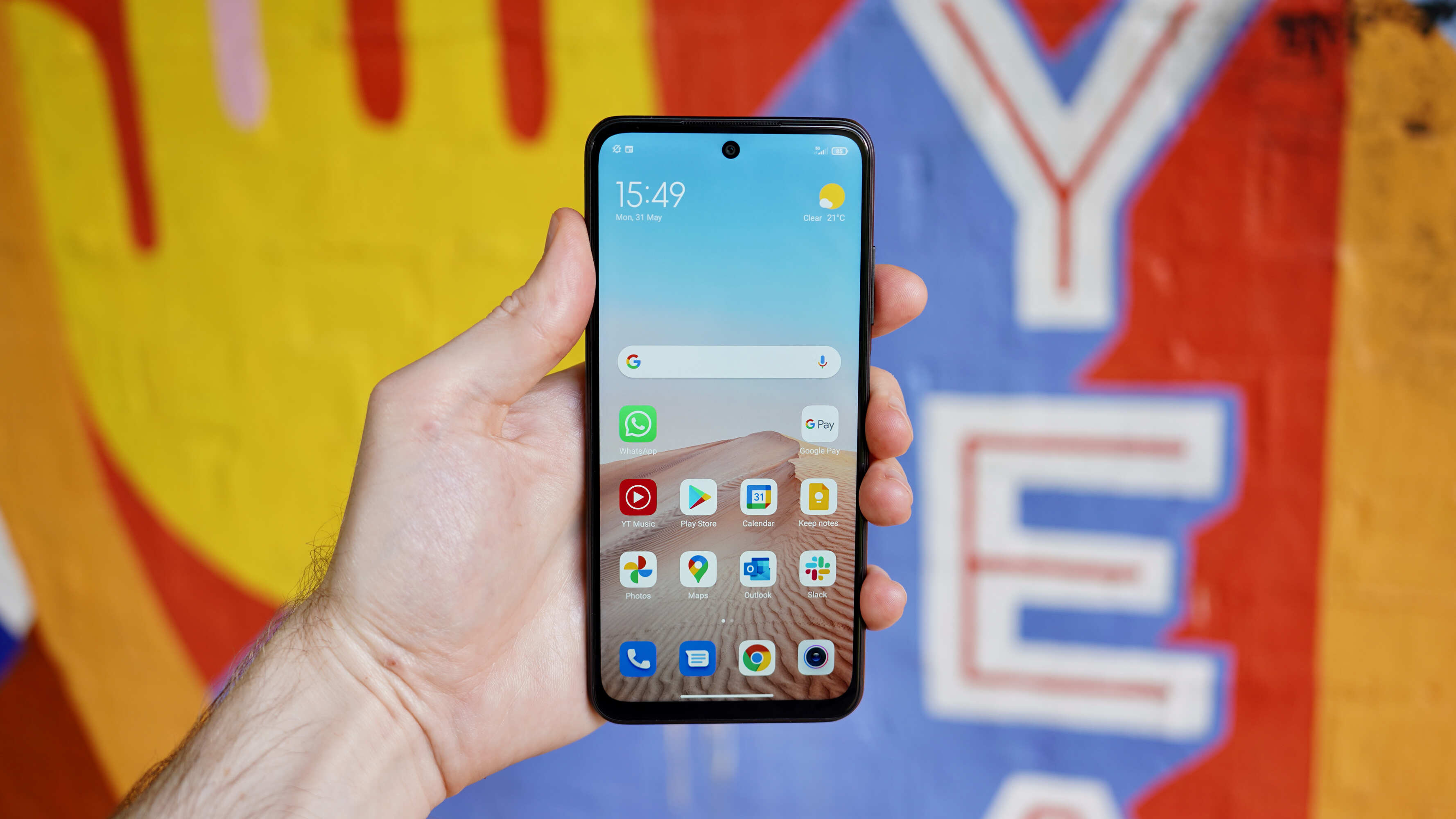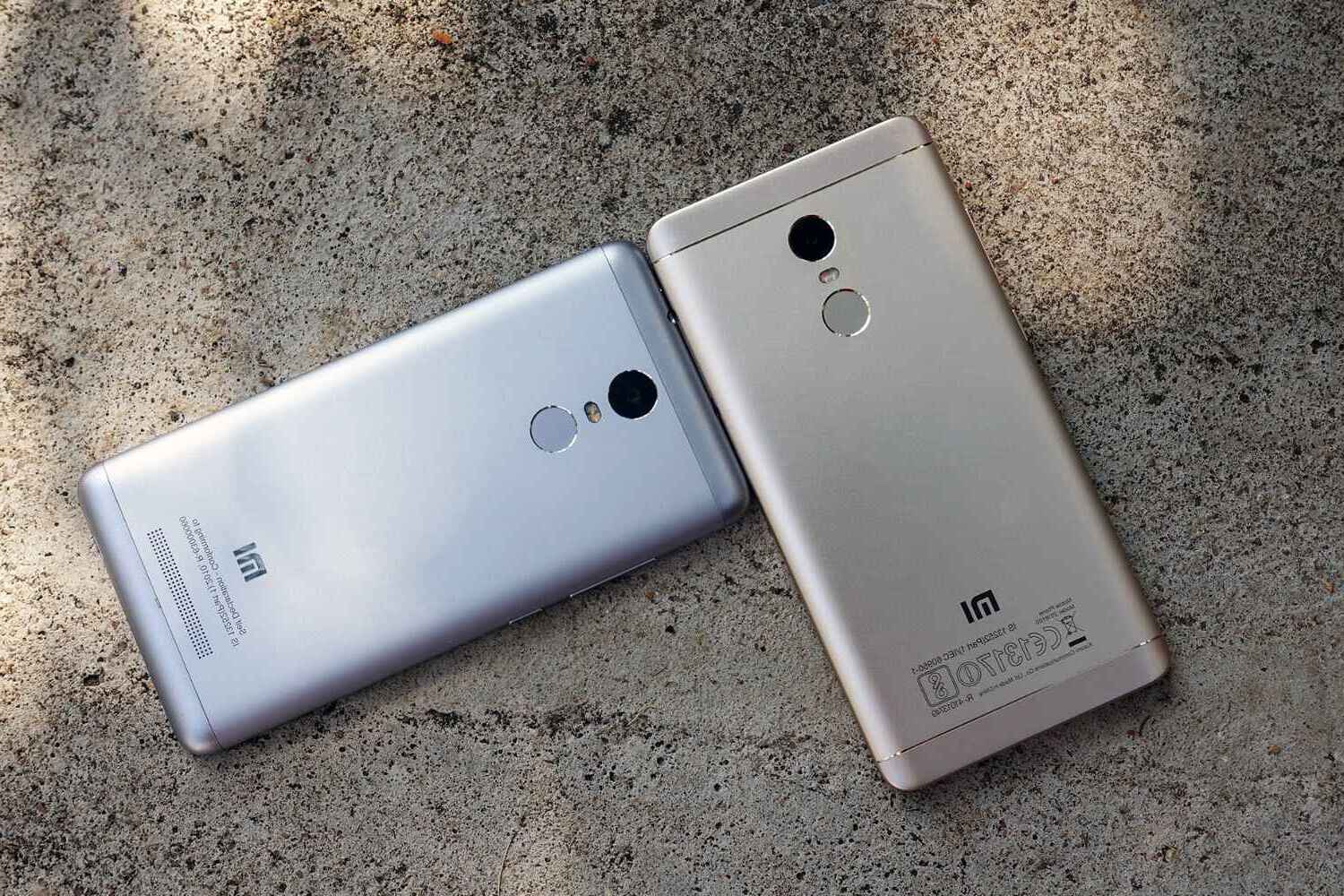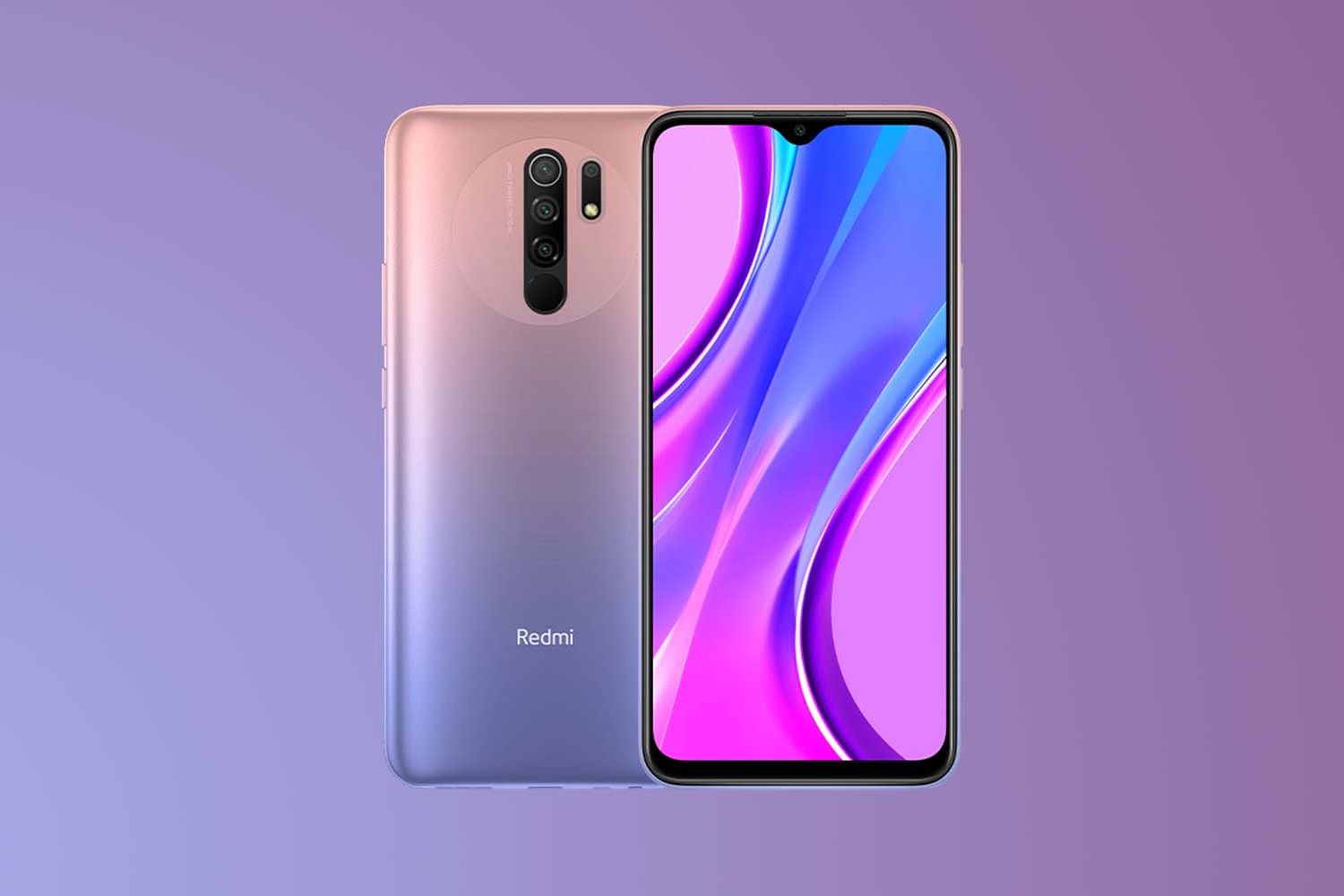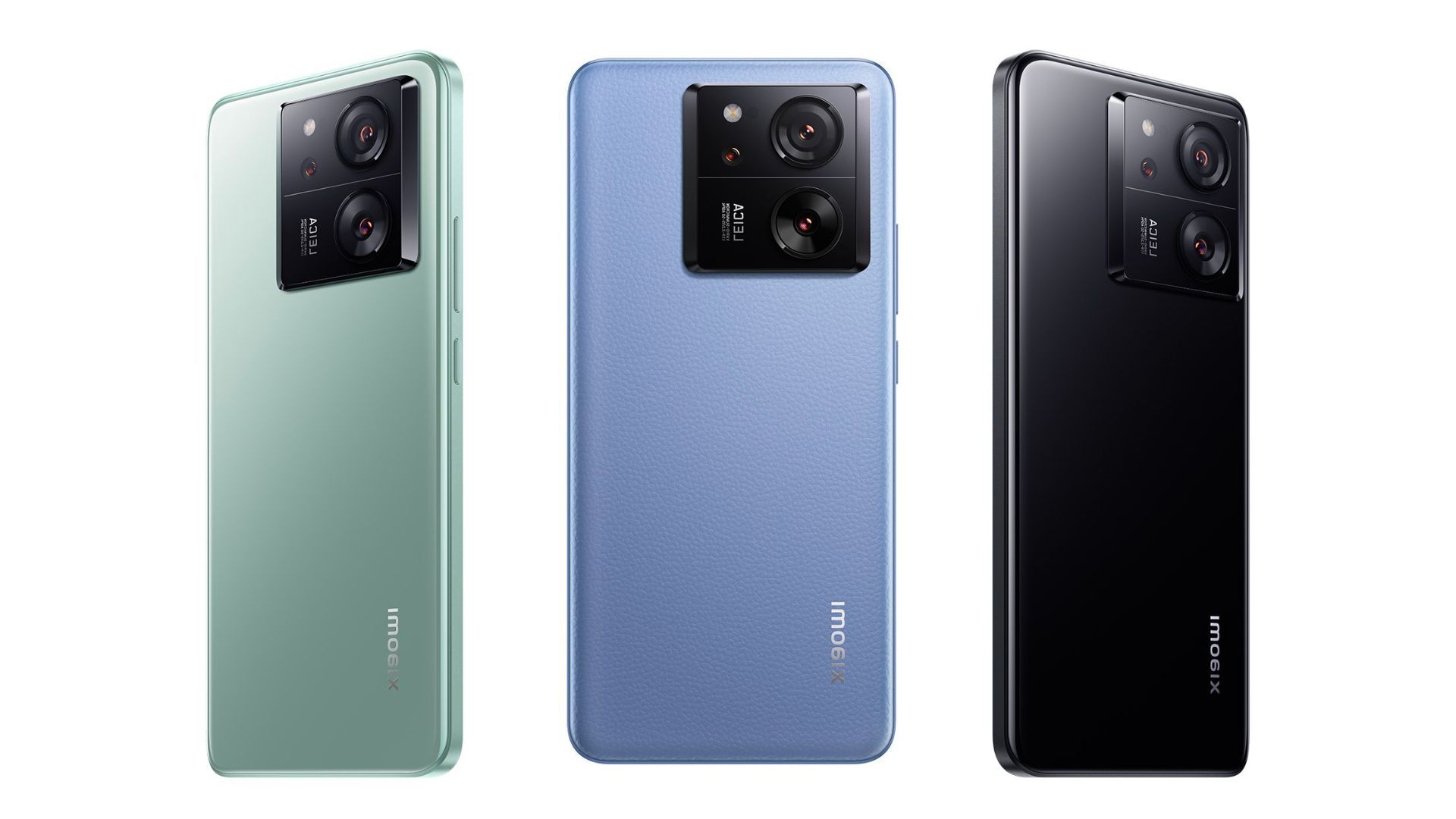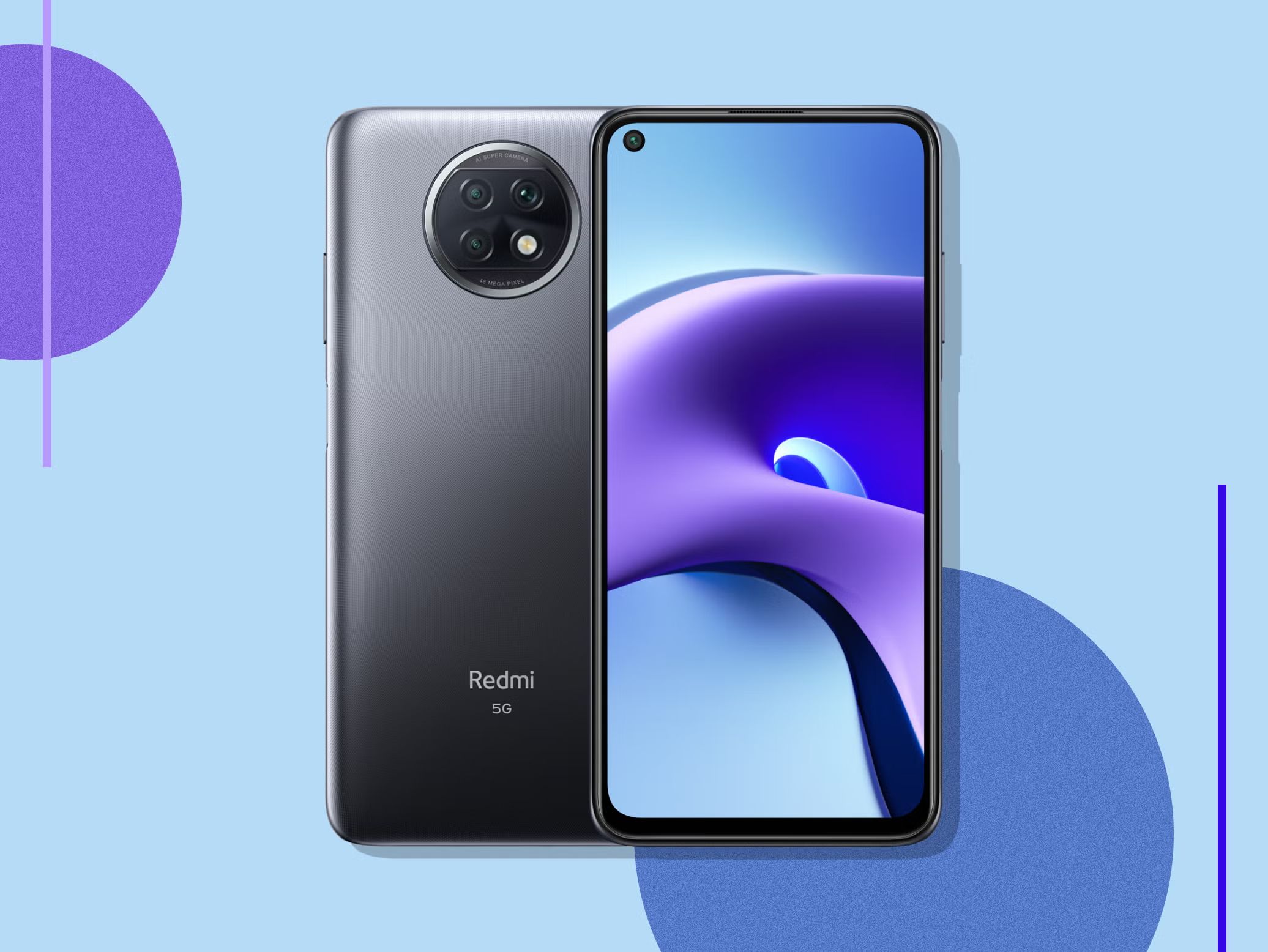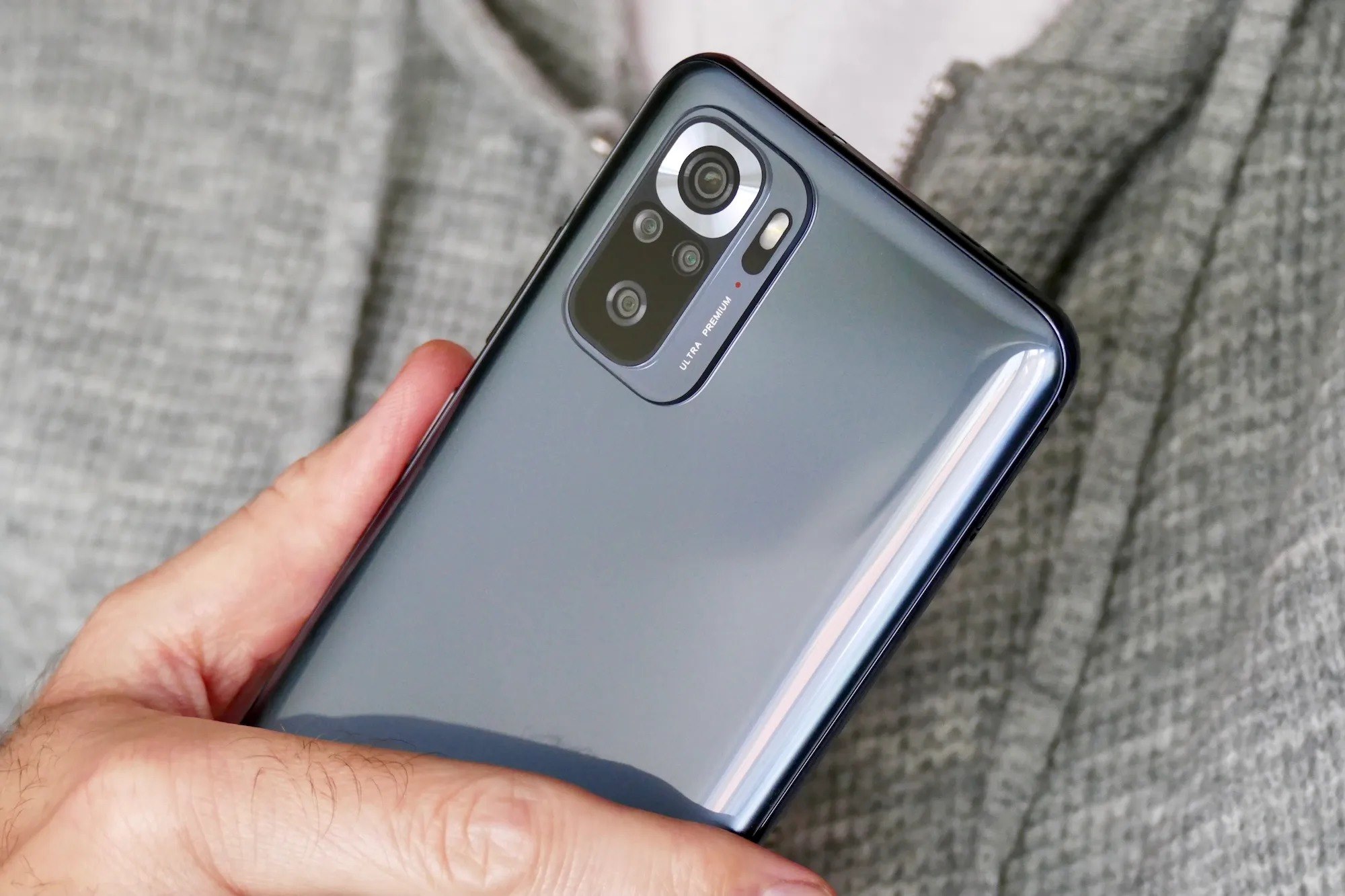Introduction
In today's fast-paced digital world, our smartphones have become indispensable tools, serving as our communication hub, entertainment center, and productivity aid. Redmi devices, known for their exceptional performance and user-friendly interface, have garnered a loyal following among tech enthusiasts and casual users alike. However, as we rely more heavily on our Redmi smartphones for various tasks, the issue of limited storage space often arises, leading to sluggish performance and frustration.
This article aims to address the common concern of insufficient storage on Redmi devices and provide practical solutions for freeing up space. Whether you're an avid photographer, a gaming enthusiast, or a multitasking professional, managing your device's memory effectively is crucial for maintaining optimal performance and seamless user experience.
By understanding the intricacies of memory usage on Redmi devices and implementing targeted strategies to declutter your storage, you can reclaim valuable space and ensure that your device operates at its best. From identifying unnecessary files to leveraging cloud storage solutions, this comprehensive guide will equip you with the knowledge and tools to streamline your Redmi device's memory management.
Let's embark on this journey to optimize your Redmi smartphone's storage, declutter your digital life, and unlock its full potential. Whether you're a tech-savvy individual seeking advanced tips or a newcomer looking for straightforward guidance, this article is tailored to cater to your needs and empower you to take control of your device's memory usage.
Understanding the Memory Usage on Redmi
To effectively manage the storage space on your Redmi device, it's essential to comprehend how memory is utilized and allocated within the system. Redmi smartphones typically come with a predefined amount of internal storage, which is used to store system files, applications, media, and user data. Understanding the different types of memory and their respective functions is crucial for optimizing your device's performance and ensuring efficient storage management.
Internal Storage vs. RAM
Internal storage, often referred to as the device's "disk space," is where the operating system, pre-installed apps, user-installed apps, and user-generated data such as photos, videos, and documents are stored. This storage space is persistent, meaning that the data remains intact even when the device is powered off. On the other hand, Random Access Memory (RAM) is a volatile form of memory that is used to temporarily store data and execute processes while the device is powered on. Unlike internal storage, RAM is cleared when the device is restarted or when apps are closed.
App Data and Cache
When you install and use applications on your Redmi device, they generate data that is stored in the internal storage. This data includes app-specific files, settings, and user-generated content. Additionally, apps often create cache files to store temporary data, such as images, scripts, and other resources, to enhance their performance. While cache files can improve app responsiveness, they can also consume significant storage space if left unchecked.
System Files and Overhead
Apart from user-generated data and app-related files, the internal storage also houses essential system files and overhead associated with the operating system. These files are integral to the device's functionality and are not typically accessible or modifiable by the user. Understanding the allocation of storage space for system files is crucial for gauging the available capacity for user data and applications.
By gaining a comprehensive understanding of how memory is utilized on your Redmi device, you can make informed decisions when managing storage space. This knowledge forms the foundation for identifying unnecessary files, optimizing app usage, and implementing effective storage management strategies to enhance your device's performance and user experience.
Identifying Unnecessary Files
When it comes to optimizing the storage space on your Redmi device, the first step is to identify and eliminate unnecessary files that may be consuming valuable memory. These files can accumulate over time, leading to bloated storage and reduced device performance. By conducting a thorough assessment of your device's storage, you can pinpoint and remove redundant or obsolete files, thereby freeing up space for essential data and applications.
Clearing App Cache and Temporary Files
One of the primary culprits contributing to storage bloat is the accumulation of app cache and temporary files. These files are generated by applications to store temporary data, such as images, scripts, and other resources, with the intention of enhancing app performance. However, over time, these files can grow in size and occupy a significant portion of your device's storage. To address this, navigate to the "Storage" or "Storage & Memory" section in your device's settings and locate the option to clear cache and temporary files for individual apps. By periodically clearing these files, you can reclaim valuable storage space without compromising the functionality of your apps.
Managing Downloads and Media Files
Another area where unnecessary files tend to accumulate is in the "Downloads" and "Media" directories. These directories often house a multitude of files, including photos, videos, audio recordings, and downloaded documents. While some of these files may hold sentimental or practical value, others may be redundant or obsolete. Take the time to review and organize these directories, deleting any files that are no longer needed. Additionally, consider transferring large media files, such as videos and high-resolution photos, to an external storage device or cloud storage solution to free up space on your device's internal storage.
Uninstalling Unused Applications
As you navigate through your device's app drawer, take note of the applications that you rarely or never use. Unused applications not only occupy storage space but may also consume system resources in the background. Uninstalling these applications not only frees up storage but can also contribute to improved device performance and battery life. Prioritize the removal of apps that serve redundant functions or have been replaced by more efficient alternatives.
By proactively identifying and eliminating unnecessary files, you can declutter your device's storage and create room for essential data and applications. This process not only optimizes your device's performance but also streamlines your digital experience, ensuring that your Redmi device operates at its best.
Deleting Unwanted Apps
Uninstalling unused or unwanted applications is a fundamental step in optimizing the storage space and performance of your Redmi device. Over time, it's common for users to accumulate a multitude of apps, some of which may have been downloaded for specific purposes or fleeting interests. However, as the digital landscape evolves and user preferences change, many of these apps become obsolete, occupying valuable storage space and potentially impacting the device's overall performance.
To begin the process of app decluttering, navigate to the "Apps" or "Applications" section in your device's settings. Here, you'll find a comprehensive list of all installed applications, along with their respective storage usage. Take the time to review this list, paying close attention to apps that you seldom use or no longer serve a practical purpose in your daily routine.
When evaluating which apps to uninstall, consider the following factors:
-
Frequency of Use: Identify apps that you haven't used in a significant amount of time. While occasional use may justify keeping certain apps, those that have remained untouched for an extended period are prime candidates for removal.
-
Redundancy: Assess whether multiple apps with similar functionalities are installed on your device. In many cases, users download alternative apps to test their features or performance, ultimately leading to the presence of redundant applications.
-
App Size and Resource Consumption: Some apps, particularly games and multimedia applications, can consume substantial storage space and system resources. If you find that certain apps are disproportionately large or resource-intensive, consider whether their benefits outweigh their impact on your device's performance.
Once you've identified the apps to uninstall, proceed to remove them by selecting the respective app from the list and choosing the "Uninstall" option. As you confirm the uninstallation, any associated app data and cache will also be removed, further freeing up storage space on your device.
By decluttering your device from unwanted apps, you not only reclaim storage space but also streamline your app ecosystem, making it easier to locate and access the applications that truly enhance your digital experience. This proactive approach to app management contributes to a more responsive and efficient device, ensuring that your Redmi smartphone operates at its optimal capacity.
In summary, the process of deleting unwanted apps is a pivotal step in optimizing your device's storage and performance. By carefully evaluating app usage and making informed decisions regarding app removal, you can create a leaner and more efficient app environment, tailored to your specific needs and preferences.
Clearing Cache and Temporary Files
Clearing cache and temporary files is a crucial aspect of optimizing the storage space and performance of your Redmi device. Over time, as you use various applications, they accumulate temporary data and cache files to enhance their functionality. While these files serve a purpose in improving app responsiveness, they can also consume a significant amount of storage space if left unchecked.
To address this, Redmi devices offer a convenient method to clear cache and temporary files for individual apps. By navigating to the "Storage" or "Storage & Memory" section in your device's settings, you can access the option to manage app-specific storage. Within this section, you'll find a list of installed applications along with their respective storage usage, including the size of cache and temporary files associated with each app.
Selecting an individual app from the list provides the option to clear its cache and temporary files. Upon choosing this option, the accumulated temporary data and cache files for the selected app are promptly removed, freeing up valuable storage space on your device. It's important to note that clearing these files does not affect the core functionality of the app; rather, it eliminates redundant data that has accumulated over time.
Regularly clearing cache and temporary files not only optimizes storage space but also contributes to the overall performance of your device. By reducing the burden of unnecessary data, your apps can operate more efficiently, leading to improved responsiveness and smoother user experience. Additionally, this proactive approach to storage management helps prevent storage bloat, ensuring that your Redmi device maintains optimal performance over time.
In summary, clearing cache and temporary files is an effective strategy for decluttering your device's storage and enhancing its performance. By leveraging the built-in tools provided by Redmi devices, you can easily manage app-specific storage and reclaim valuable space, ultimately ensuring that your device operates at its best.
Managing Downloads and Media Files
Managing downloads and media files is a pivotal aspect of optimizing the storage space on your Redmi device. Over time, these directories can accumulate a plethora of files, including photos, videos, audio recordings, and downloaded documents. While some of these files hold practical or sentimental value, others may be redundant or obsolete, contributing to storage bloat and impacting the overall performance of your device.
To begin the process of managing downloads and media files, navigate to the respective directories on your device. The "Downloads" directory often houses a variety of files obtained from the internet, including documents, images, videos, and installation packages. Review the contents of this directory and identify any files that are no longer needed. Consider whether certain files have served their purpose or if they can be accessed from alternative sources if required in the future. By removing unnecessary files from the "Downloads" directory, you can free up valuable storage space and ensure that the directory remains organized and efficient.
Similarly, the "Media" directory encompasses a wide range of media files, including photos, videos, and audio recordings captured or downloaded on your device. Take the time to review these files and assess their relevance. Identify any duplicate or similar files that may be consuming additional storage space. Consider organizing your media files into categorized folders, such as "Photos," "Videos," and "Audio," to streamline access and management. Additionally, you may choose to transfer large media files, such as high-resolution photos and lengthy videos, to an external storage device or cloud storage solution to alleviate the burden on your device's internal storage.
By proactively managing downloads and media files, you can declutter your device's storage and create room for essential data and applications. This process not only optimizes your device's performance but also streamlines your digital experience, ensuring that your Redmi device operates at its best.
In summary, managing downloads and media files is a fundamental aspect of storage optimization on your Redmi device. By reviewing and organizing these directories, you can effectively declutter your device's storage, enhance its performance, and maintain a streamlined and efficient digital ecosystem.
Utilizing Cloud Storage
In the era of digital connectivity and seamless data accessibility, cloud storage has emerged as a versatile solution for managing and safeguarding digital assets. Redmi users can leverage cloud storage services to alleviate the burden on their device's internal storage, ensuring that essential data and media files are securely stored and readily accessible across multiple devices.
Cloud storage offers a myriad of benefits, including:
-
Expanded Storage Capacity: By utilizing cloud storage, Redmi users can effectively expand their device's storage capacity without relying solely on internal storage. This allows for the seamless storage of large media files, documents, and backups, ensuring that valuable data is safeguarded and accessible from anywhere with an internet connection.
-
Cross-Device Synchronization: Cloud storage services enable users to synchronize their data across multiple devices, including smartphones, tablets, and computers. This synchronization ensures that files and documents are consistently updated and accessible, regardless of the device being used, fostering a cohesive and interconnected digital experience.
-
Backup and Recovery: Cloud storage serves as a reliable backup solution, safeguarding important data against device malfunctions, loss, or theft. Redmi users can effortlessly back up their photos, videos, documents, and app data to the cloud, providing peace of mind and ensuring that their digital assets are protected.
-
Collaborative Workflows: Cloud storage facilitates seamless collaboration and file sharing, allowing multiple users to access and collaborate on documents and projects in real time. This feature is particularly beneficial for professionals and students who require efficient collaboration and document sharing capabilities.
To leverage cloud storage on their Redmi devices, users can explore a variety of reputable cloud storage providers, such as Google Drive, Dropbox, Microsoft OneDrive, and Xiaomi Cloud. These services offer user-friendly interfaces and seamless integration with Redmi devices, ensuring a streamlined and intuitive experience.
Upon selecting a cloud storage provider, users can install the corresponding app from the Google Play Store and sign in with their credentials. Once logged in, they can effortlessly upload, organize, and manage their files and documents, taking advantage of the diverse features offered by cloud storage services.
By embracing cloud storage as a complementary solution to their device's internal storage, Redmi users can optimize their storage management, safeguard their digital assets, and foster a seamless and interconnected digital experience across multiple devices.
In summary, cloud storage presents a compelling solution for Redmi users seeking to expand their storage capacity, safeguard their data, and streamline their digital workflows. By embracing cloud storage services, users can unlock the full potential of their Redmi devices and ensure that their digital assets are securely stored and readily accessible whenever needed.
Conclusion
In conclusion, effectively managing the storage space on your Redmi device is essential for maintaining optimal performance and ensuring a seamless user experience. By implementing targeted strategies to declutter your device's memory, you can reclaim valuable space and streamline your digital ecosystem.
Understanding the intricacies of memory usage on Redmi devices, including the distinction between internal storage and RAM, provides a foundational knowledge for efficient storage management. By comprehending the allocation of storage space for system files, app data, and cache, users can make informed decisions when optimizing their device's storage.
Identifying and eliminating unnecessary files, including app cache, temporary files, and redundant media, is a proactive approach to storage optimization. By regularly clearing cache and temporary files, managing downloads and media, and uninstalling unused applications, users can declutter their device's storage and create room for essential data and applications.
Furthermore, leveraging cloud storage services presents a versatile solution for expanding storage capacity, safeguarding digital assets, and fostering a seamless and interconnected digital experience. By embracing cloud storage, Redmi users can effectively alleviate the burden on their device's internal storage and ensure that their data is securely stored and readily accessible across multiple devices.
In essence, the process of freeing up space on your Redmi device involves a combination of proactive storage management, app decluttering, and the utilization of cloud storage solutions. By implementing these strategies, users can optimize their device's performance, safeguard their digital assets, and create a streamlined and efficient digital ecosystem.
Ultimately, by taking control of your device's memory usage and implementing targeted storage management strategies, you can unlock the full potential of your Redmi device, ensuring that it operates at its best and seamlessly integrates into your digital lifestyle.







